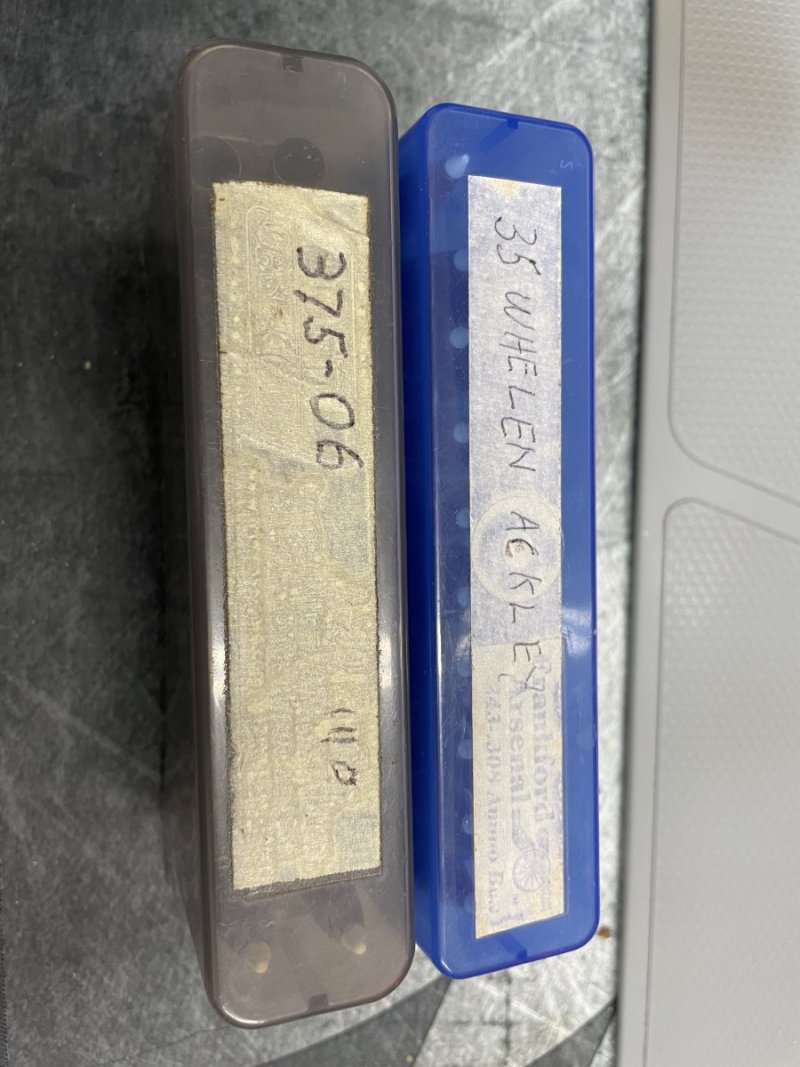Question for you progressive reloaders.
I am getting ready to make the upgrade from single stage to a dillon, all the youtube videos I have watched are showing the process all the way through. Sized/deprime, prime, charge, seat, and crimp. My question is, when do you case gauge and trim if needed? My thinking was to size and deprime on single stage, prep cases and then run them thru the dillon or am I missing something?
I am getting ready to make the upgrade from single stage to a dillon, all the youtube videos I have watched are showing the process all the way through. Sized/deprime, prime, charge, seat, and crimp. My question is, when do you case gauge and trim if needed? My thinking was to size and deprime on single stage, prep cases and then run them thru the dillon or am I missing something?












